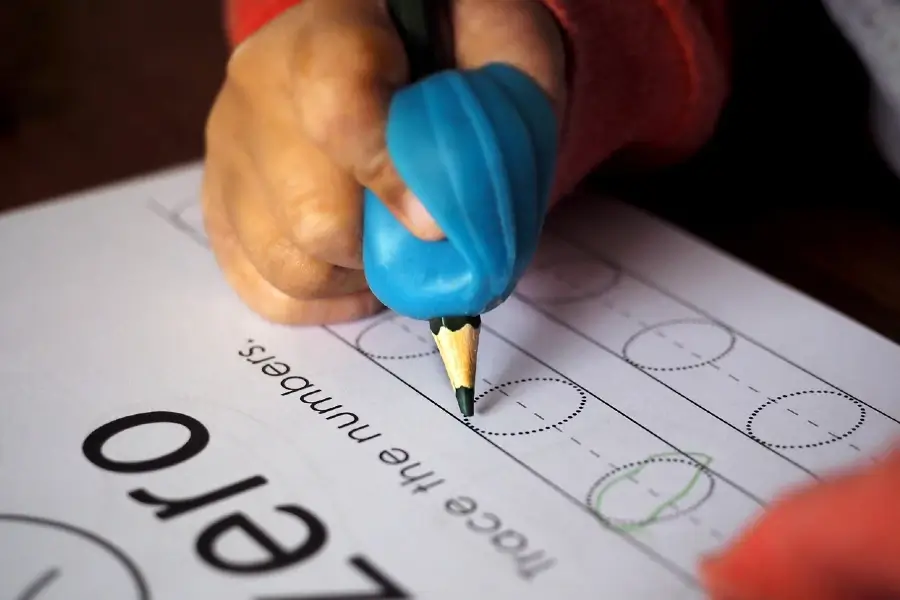Numerous barriers prevent students from fully benefiting from the educational experience, even though school is frequently hailed as a powerful equalizer and a means to achieve upward mobility. Despite this, there are a multitude of obstacles that prevent students from reaching their full potential. In the United States of America, these challenges begin early and, more importantly, before students even enter the school environment.
During the formative years of their lives, children who come from families with low incomes are subjected to a significantly higher level of poverty than their peers who come from families with higher incomes. It is possible for children from low-income families to start their educational careers at a disadvantage, which can have a long-lasting impact on their opportunities throughout their lives. Books and sing-along toys that can assist these children in developing early literacy skills are less likely to be available to them than they are to be available to other children. The presence of this additional factor further complicates the problem. Because of this, there is a possibility that they will continue to have a gap in their academic achievement compared to that of other children throughout their schooling and even into adulthood.
According to the findings of a number of studies, education is a powerful tool that can be utilized to break the cycle of poverty and reduce inequality. On the other hand, a sizeable proportion of parents with low incomes need more financial resources to provide their children with opportunities for high-quality education outside of their homes. For example, preschool and daycare programs typically cost several hundred dollars monthly. Many low-income families need help to afford this significant amount of money.
High-quality early childhood education has the potential to significantly increase the likelihood of success for students. When schools provide children with a solid foundation in reading and mathematics, these subjects become essential for academic achievement. Children who learn to read are better able to absorb and comprehend other subjects, and children who learn fundamental math abilities are better able to become proficient in other areas of mathematics and in the world around them. This underscores the transformative power of high-quality early childhood education.
In 2019, only 42 percent of children aged three and four from households with incomes below the poverty criterion were enrolled in public pre-kindergarten programs.
Even though a growing number of states are now offering pre-K programs, access to these programs is still restricted for children who come from households with low incomes. This is the case even though the access to these programs is increasing. In 2019, only 42 percent of children aged three and four from households with incomes below the poverty criterion were enrolled in public pre-kindergarten programs. This percentage was lower than all other children.
As part of an effort to narrow the gap, a number of states are implementing programs that place a significant emphasis on quality. The High/Scope approach, for instance, is an example of an active learning strategy. This approach not only encourages students and teachers to take part in meaningful activities that foster communication and teamwork but also incorporates a wide range of activities and outreach opportunities for both children and their parents. This underscores the crucial role of parental knowledge, involvement, and competency in the area of parenting in the success of early childhood education programs.
Providing children with classrooms centered on them and allowing them to explore their own interests is the objective of other programs, which aim to encourage learning by teaching children about their interests. The vast majority of the time, these programs are staffed with qualified teachers who are aware of how to assist in developing social and emotional skills and engaging children in activities. In addition to this, they make use of carefully crafted examinations to monitor the development of the students closely. Based on the findings of comprehensive reviews, it has been demonstrated that these kinds of programs have the potential to significantly enhance the lives of children and the families that they belong to.
A number of other factors, such as the degree of poverty that exists in children’s homes and the quality of the environments in which they are brought up, also significantly impact how children get ready for school. Children who had risk factors for poor long-term academic outcomes, such as having a mother with only a high school diploma and living in a household with only one parent, were more than twice as likely to be at a disadvantage when entering kindergarten compared to their peers who did not have any such risk factors. This was the case even when comparing children who did not belong to households with only one parent. A study carried out not too long ago produced this finding due to its conclusions.

